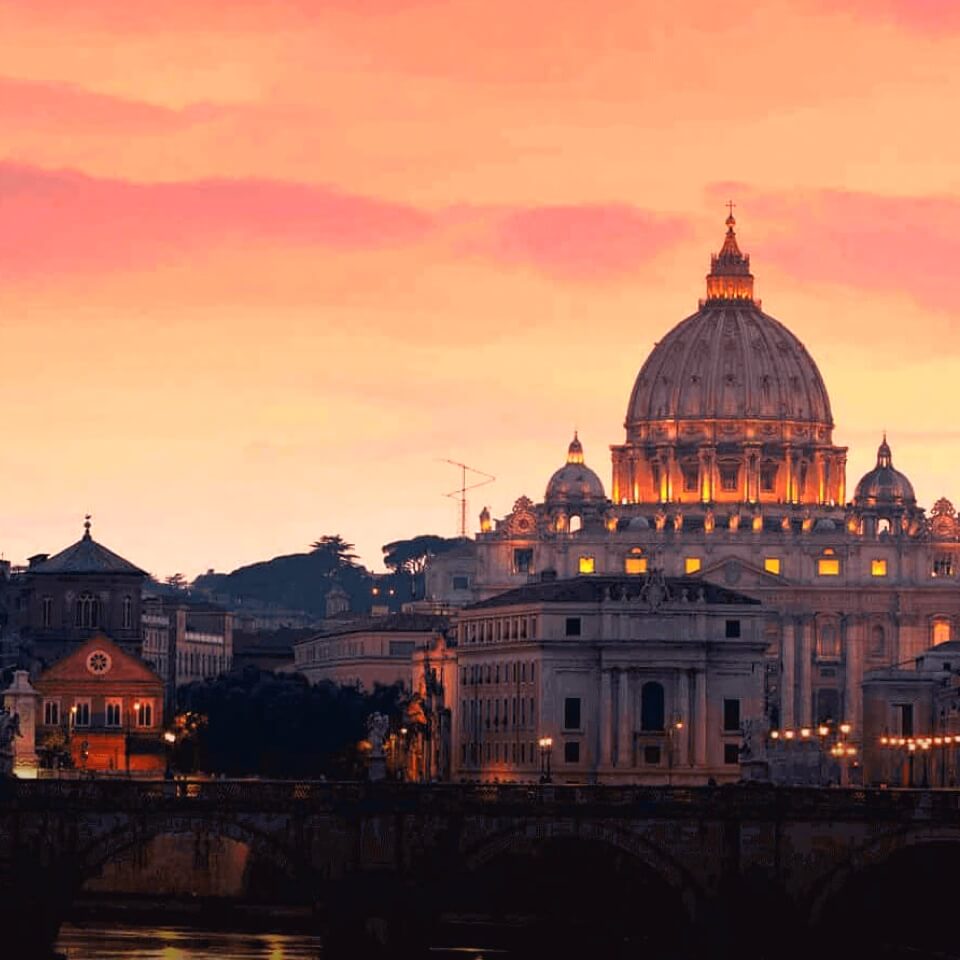
中秋节的来历用英文怎么说?
The festival has a long history. In ancient China, emperors followed the rite of offering sacrifices to the sun in spring and to the moon in autumn.
中秋节有悠久的历史,和其它传统节日一样,也是慢慢发展形成的,古代帝王有春天祭日,秋天祭月的礼制。
Historical books of the Zhou Dynasty had had the word "Mid-Autumn". Later aristocrats and literary figures helped expand the ceremony to common people.
They enjoyed the full, bright moon on that day, worshipped it and expressed their thoughts and feelings under it.
早在《周礼》一书中,已有“中秋”一词的记载。后来贵族和文人学士也仿效起来,在中秋时节,对着天上又亮又圆一轮皓月,观赏祭拜,寄托情怀,这种习俗就这样传到民间,形成一个传统的活动。
By the Tang Dynasty (618-907), the Mid-Autumn Festival had been fixed, which became even grander in the Song Dynasty (960-1279). In the Ming (1368-1644) and Qing (1644-1911) dynasties, it grew to be a major festival of China.
一直到了唐代,这种祭月的风俗更为人们重视,中秋节才成为固定的节日,《唐书·太宗记》记载有“八月十五中秋节”,这个节日盛行于宋朝,至明清时,已与元旦齐名,成为我国的主要节日之一。
习俗:
中秋节到了,各地都有自己的习俗。但中秋节的习俗共同之处不外乎:祭月、赏月、观花灯、吃月饼。
除此之外,各地还有:民间拜月、月光马儿、兔儿爷、中秋宴俗、舞火龙、燃宝塔灯、偷菜求郎、窃瓜祈子、中秋博饼、祭月烧香斗、乞月照月爬月、走月亮走三桥等等。
中秋节有悠久的历史,和其它传统节日一样,也是慢慢发展形成的,古代帝王有春天祭日,秋天祭月的礼制。
Historical books of the Zhou Dynasty had had the word "Mid-Autumn". Later aristocrats and literary figures helped expand the ceremony to common people.
They enjoyed the full, bright moon on that day, worshipped it and expressed their thoughts and feelings under it.
早在《周礼》一书中,已有“中秋”一词的记载。后来贵族和文人学士也仿效起来,在中秋时节,对着天上又亮又圆一轮皓月,观赏祭拜,寄托情怀,这种习俗就这样传到民间,形成一个传统的活动。
By the Tang Dynasty (618-907), the Mid-Autumn Festival had been fixed, which became even grander in the Song Dynasty (960-1279). In the Ming (1368-1644) and Qing (1644-1911) dynasties, it grew to be a major festival of China.
一直到了唐代,这种祭月的风俗更为人们重视,中秋节才成为固定的节日,《唐书·太宗记》记载有“八月十五中秋节”,这个节日盛行于宋朝,至明清时,已与元旦齐名,成为我国的主要节日之一。




